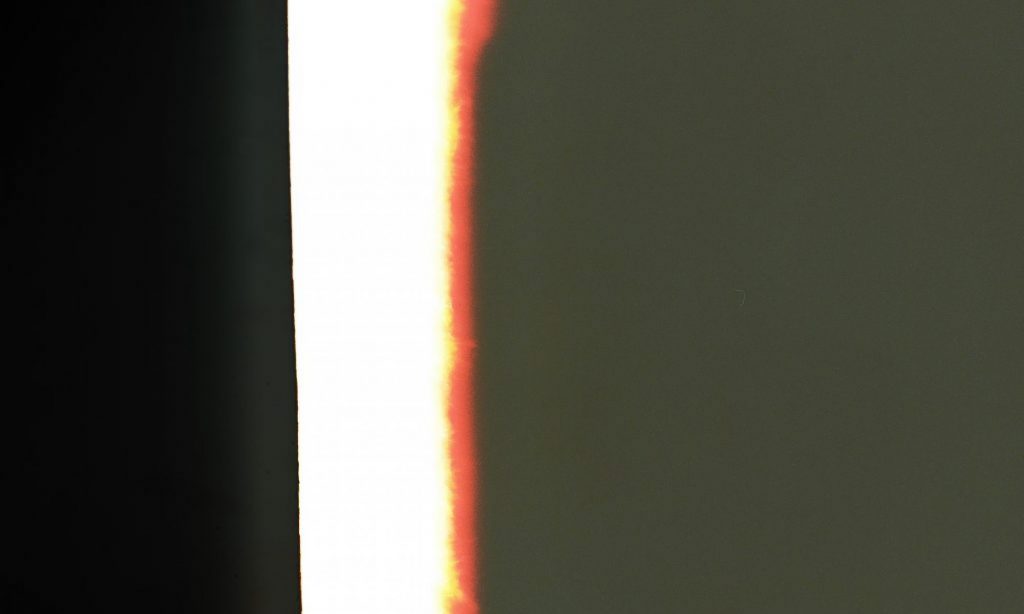JAN HARLAN.
The talk with Jan Harlan was really insightful. Kubrick work has always been a reference because both his stories and his visuals are so powerful. I think that part of his unique visual style comes from having worked as a photographer in his early years and understanding the composition of the still image before moving into films. I find this really interesting because it is what I am trying to do with my own practice, move from static images into sequential narrative.
WORKSHOP WITH EROSH VLAHOS
I took part in an online workshop organized by Daisie with filmmaker Eros Vlahos who directed the Channel 4 short RIGHT PLACE, WRONG TIM starring Asa Butterfield, Ella Purnell & Adam Buxton. The workshop was on “How to structure a screenplay or film”. It covered basic principles of sequential structure (thesis, antithesis, synthesis) for movies but it was quite interesting as he made it really engaging with the audience.


SCRIP TO SCREEN – SARABANDE SESSIONS
After this workshop, I decided to finish the day watching the panel with producers Amy Jackson, Fiona Lamptey and Olivier Kaempfer on strategy, audience and pitching. Importance of production development.
- Think about what kind of short you should make in terms of developing your style and established yourself as a kind of storyteller. (Genre, story, style)
- What is your voice?
- Where to go for foundings for shorts: Film 4, Film London, BFA, BBC3
- Development phase. Script in development from 3 to 5 months (drafts and feedbacks). Everything lined up by production finance phase
- Moviemagic budget – app with template for budget
- Read the script and break it down in sections and small detail (Movie Magic Schedule)
- Make your first production by yourself to show portfolio to future founders and show what you can make with small budget.
- Finance ties into pitching
- Make pitch visually interesting, have points of reference (dop, creative team..)
- Add proof of content when you need to shoot something very specific and you need research on how to do it.




